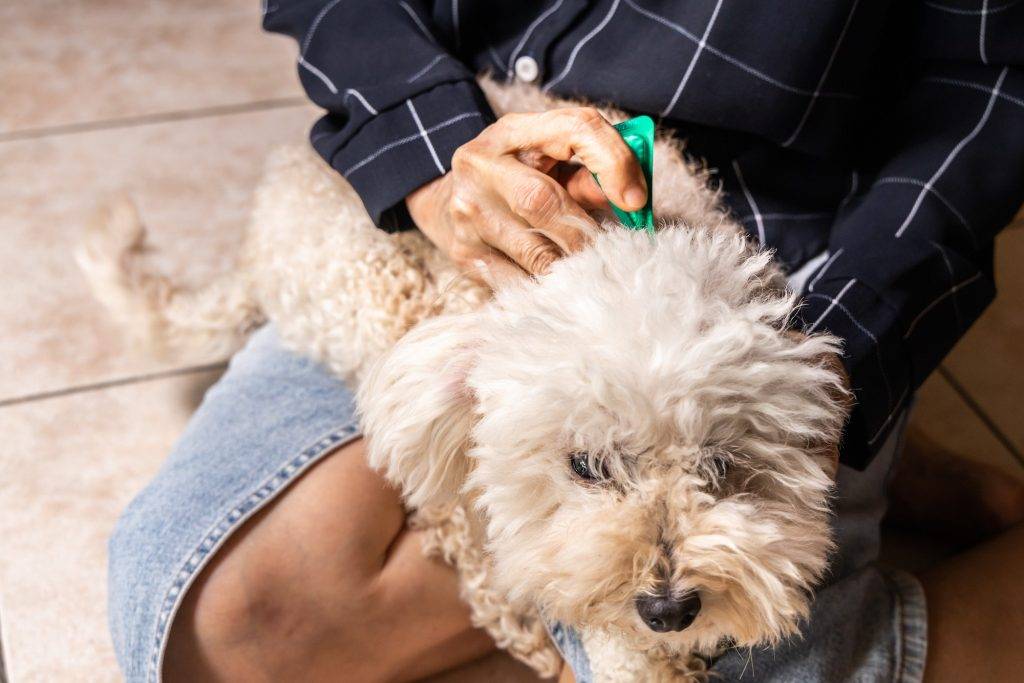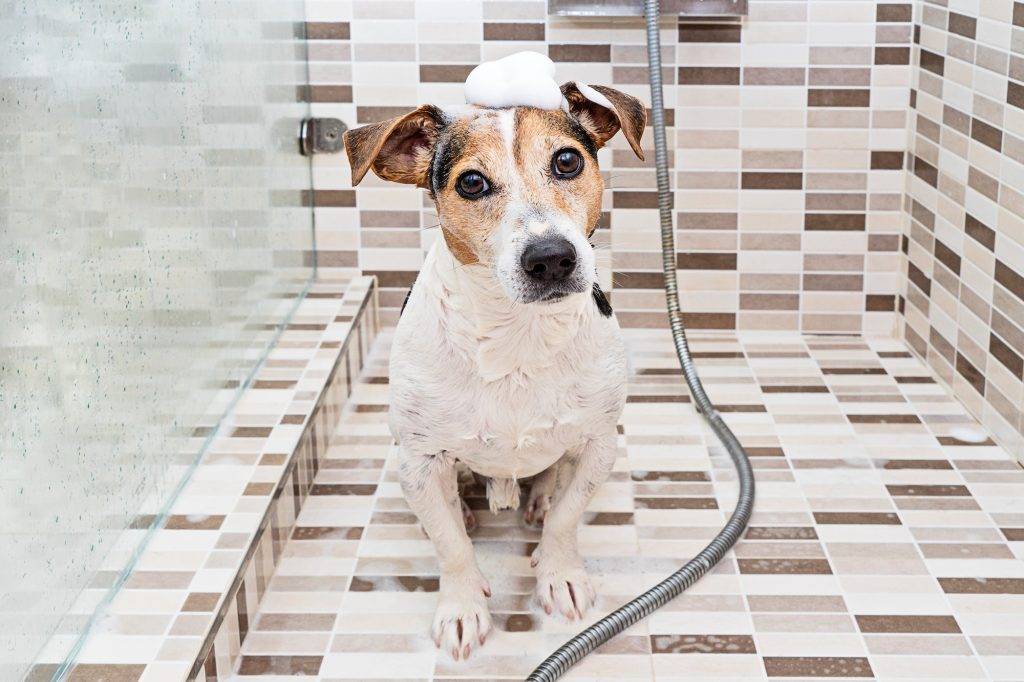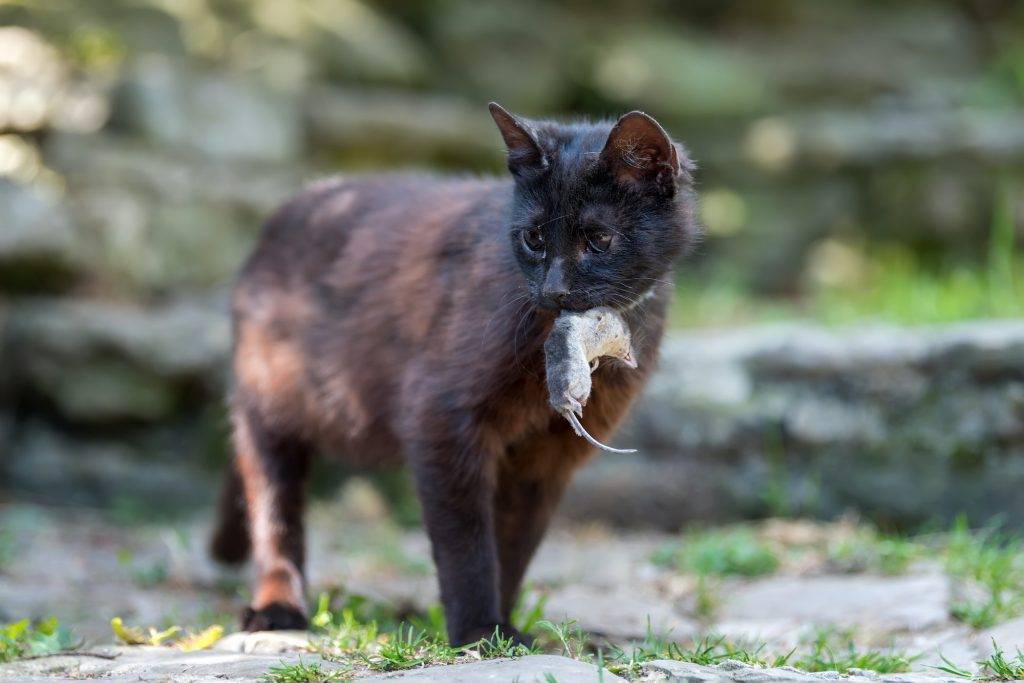Keeping your home free of pests while ensuring the safety of your pets can be a challenging task. Many traditional pest control methods can pose risks to your furry friends, but there are safe and effective alternatives available. In this blog, we’ll explore pet-safe pest control options, helping you maintain a pest-free home without compromising your pet’s health.
Key Points Covered
- Understanding pet-safe pest control
- Common pests and pet-safe solutions
- Benefits of professional pest control services
- DIY pet-safe pest control tips
- Monitoring and maintenance
Glossary of Terms
- Eco-Friendly: Products or methods that do not harm the environment or living beings.
- Pheromones: Chemicals used to attract pests to traps.
- Insect Growth Regulators (IGRs): Chemicals that disrupt the life cycle of pests.
- Exclusion: Methods used to prevent pests from entering a building.
- Non-Toxic: Substances that do not cause harm to living organisms.
Understanding Pet-Safe Pest Control
Pet-safe pest control involves using methods and products that effectively eliminate pests while ensuring the safety and well-being of pets. Traditional pest control methods often use harsh chemicals that can be toxic to pets if ingested, inhaled, or absorbed through the skin. Therefore, it is crucial to opt for solutions specifically designed to be safe around pets.

Examples of Pet-Safe Solutions:
- Natural Repellents: Essential oils like peppermint, lavender, and lemon can repel pests without harming pets. However, ensure these oils are properly diluted before use.
- Diatomaceous Earth: This natural substance is safe for pets but lethal to insects. It works by dehydrating pests like fleas and ants when they come into contact with it.
- Non-Toxic Traps: Sticky traps or pheromone traps can catch pests without exposing your pets to harmful chemicals.
Risks of Non-Pet-Friendly Solutions:
- Chemical Insecticides: Products containing permethrin, fipronil, and other strong chemicals can be harmful or even deadly to pets if they come into contact with treated areas.
- Rodenticides: Rodent poisons can be particularly dangerous as pets might ingest the poison or a poisoned rodent, leading to serious health issues or death.
- Insect Foggers/Bombs: These can release toxic residues that settle on surfaces pets come into contact with, posing significant health risks.
Common Pests and Pet-Safe Solutions
Various pests can invade your home, each requiring a unique approach for safe eradication. Here are some common pests and pet-safe solutions:
- Fleas: Use pet-safe flea treatments such as diatomaceous earth or natural flea collars infused with essential oils. Regular grooming and vacuuming can also help control fleas. Diatomaceous earth is highly effective in killing fleas by dehydrating them, though it requires application to carpets, pet bedding, and areas where fleas are likely to thrive.
- Ants: Utilize bait stations that contain pet-safe ingredients like borax, which is toxic to ants but safe for pets in small amounts. Natural repellents like vinegar and essential oils such as peppermint can also deter ants. Vinegar disrupts ant trails, making it harder for them to navigate.
- Rodents: Use traps instead of poisons. Ensure traps are placed out of reach of pets to avoid accidental injury. Snap traps, live traps, and electronic traps are effective and safe alternatives to rodenticides, which pose serious risks to pets if ingested.
- Cockroaches: Use gel baits and traps placed in areas inaccessible to pets. Boric acid can be effective but should be used with caution around pets as ingestion can cause health issues. Gel baits work by attracting cockroaches to eat the poison and then return to their nests, spreading the bait and killing more roaches.
- Spiders: Regular cleaning and using essential oil sprays (like peppermint or citrus) can help keep spiders at bay. Essential oils disrupt the sensory receptors of spiders, making treated areas less appealing to them.

Benefits of Professional Pest Control Services
Hiring a professional pest control service ensures that your home is treated effectively and safely. Professionals are trained to use pet-safe products and techniques, minimizing risks to your pets while effectively eliminating pests.
Examples of Pet-Safe Professional Services:
- Heat Treatments: Effective for bed bugs and other pests without using chemicals. Heat treatments raise the temperature in infested areas to levels that are lethal to pests but safe for pets.
- Integrated Pest Management (IPM): This approach uses a combination of methods, including mechanical traps, natural predators, and minimal use of chemicals, to control pests sustainably and safely.
- Eco-Friendly Products: Many pest control companies now offer services using products certified as safe for pets and the environment.
At Paramount Pest Solutions, we offer a variety of services tailored to meet your needs, ensuring both effective pest control and pet safety. Our service plans provide comprehensive coverage to keep your home pest-free year-round.
DIY Pet-Safe Pest Control Tips
If you prefer to tackle pest problems yourself, here are some DIY tips to ensure safety for your pets:
- Use Natural Repellents: Ingredients like vinegar, essential oils, and diatomaceous earth are effective and safe. For example, spraying diluted peppermint oil around entry points can deter ants and spiders.
- Maintain Cleanliness: Regularly clean your home to eliminate food sources and hiding spots for pests. Sweep and vacuum frequently, especially in kitchen and dining areas where crumbs can attract pests.
- Seal Entry Points: Prevent pests from entering your home by sealing cracks and crevices with caulk or weather stripping. Pay particular attention to gaps around doors, windows, and utility lines.
- Monitor and Trap: Use non-toxic traps and regularly monitor pest activity to catch infestations early. Sticky traps can be placed in inconspicuous areas to track and control pest populations.
Monitoring and Maintenance
Consistent monitoring and maintenance are key to preventing pest infestations. Regular inspections and proactive measures can help identify and address potential problems before they escalate.
- Regular Inspections: Schedule regular home inspections to check for signs of pest activity. Look for droppings, nests, and signs of damage around your home.
- Maintenance: Keep your home clean and well-maintained to reduce attractants and entry points for pests. Regularly clear clutter and fix leaks or other maintenance issues that could attract pests.
- Professional Check-Ups: Consider periodic visits from a professional pest control service to ensure long-term prevention. Professionals can provide tailored advice and treatments based on the specific needs of your home. Check out our service plans to find out which one is right for you.

Pet-Safe Pest Control Methods: Comparison Table
| Method | Pests Targeted | Safety Level | Effectiveness | Cost |
| Natural Repellents | Ants, Spiders | Very High | Moderate | Low |
| Diatomaceous Earth | Fleas, Roaches | High | High | Low |
| Gel Baits | Roaches, Ants | High | Very High | Moderate |
| Traps (Non-Toxic) | Rodents, Insects | Very High | High | Low |
| Professional Services | All Pests | Very High | Very High | Variable |
Fun Facts About Pet-Safe Pest Control
- Essential Oils: Some essential oils, like peppermint and citrus, not only repel pests but also leave your home smelling fresh. They can be used in diffusers or sprays, making them a versatile and pleasant pest control option.
- Diatomaceous Earth: This natural substance, made from fossilized algae, is safe for pets but deadly for insects. It works by damaging the exoskeletons of pests, leading to dehydration and death.
- Ladybugs: Introducing ladybugs in your garden can help control aphids without the need for chemical pesticides. Ladybugs are natural predators of many garden pests, providing a safe and effective pest control solution.
- DIY Traps: You can make simple traps using household items, such as sugar water for ants or sticky tape for roaches. These traps can effectively reduce pest populations without exposing your pets to harmful chemicals.
- Cedar Chips: Cedar chips are a natural deterrent for pests like fleas and moths and can be safely placed around pet bedding areas. The natural oils in cedar repel insects, making it a safe and effective option for pest control.
FAQ: Pet-Safe Pest Control
1. What makes pest control pet-safe?
Pet-safe pest control uses products and methods that are non-toxic and safe for pets, avoiding harmful chemicals that can pose health risks. This includes natural repellents, physical traps, and professional treatments designed with pet safety in mind.
2. Are natural pest repellents effective?
Yes, natural repellents like essential oils and vinegar can be effective, though they may require more frequent application than chemical treatments. They provide a safe alternative to chemical repellents, with the added benefit of being eco-friendly.
3. Can I use diatomaceous earth safely around my pets?
Yes, food-grade diatomaceous earth is safe for pets and can effectively control pests like fleas and roaches. It’s important to use the food-grade version and apply it in areas where pets are unlikely to inhale large amounts of the powder.
4. How can I prevent pests without using chemicals?
Maintain cleanliness, seal entry points, use natural repellents, and monitor for pests regularly to prevent infestations without chemicals. Regular home maintenance and proactive measures are key to preventing pests naturally.
5. Are professional pest control services safe for pets?
Reputable pest control companies, like Paramount Pest Solutions, use pet-safe products and techniques to ensure the safety of your pets during treatments. They can provide tailored solutions that effectively manage pests while minimizing risks to your pets.
6. What should I do if my pet comes into contact with a pest control product?
Rinse your pet with water and contact your veterinarian immediately. Always follow the safety guidelines provided by the pest control product manufacturer. Keeping emergency contact information for your vet readily available can also be helpful.
7. How often should I treat my home for pests to keep my pets safe?
Regular treatments, such as quarterly professional services, help maintain a pest-free environment while ensuring pet safety. This consistent approach can prevent infestations before they become serious problems.
8. Can pets bring pests into the home?
Yes, pets can carry pests like fleas and ticks indoors. Regular grooming and preventive measures are essential to minimize this risk. Using pet-safe flea and tick treatments can help protect your pets and your home from infestations.
9. What are the best pet-safe products for flea control?
Look for natural flea treatments such as diatomaceous earth, flea collars with essential oils, and regular pet grooming. Products like these are designed to be effective against fleas while being safe for pets.
10. Is it necessary to vacate the home during pest control treatments?
For pet-safe treatments, it is generally not necessary to vacate the home. However, always follow the advice of your pest control provider. They can provide specific instructions based on the treatments used and your pet’s needs.

Protect Your Pets with Paramount Pest Solutions
Maintaining a pest-free home while ensuring the safety of your pets requires the right approach and products. Paramount Pest Solutions offers comprehensive and pet-safe pest control services tailored to your needs. Protect your home and beloved pets—contact us today!
